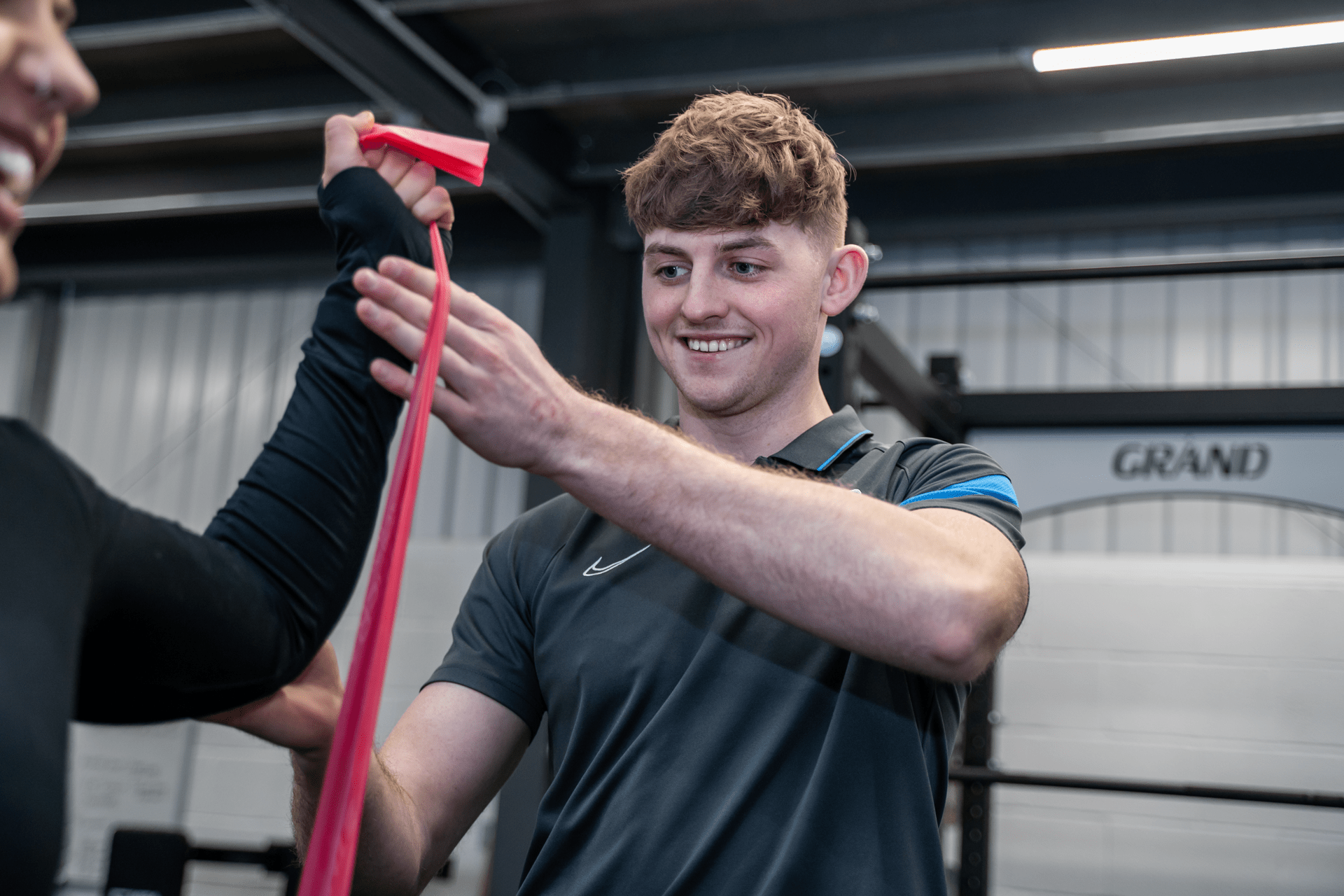 If you haven’t discovered already, it won’t take you long to figure out that sitting all day is bad for your body. The majority of clients that pass through our clinics will commonly have a job that involves sitting at as desk for most of the day. A large amount of the population find themselves hunched over their keyboard for up to eight hours a day, 5 days a week. That’s a lot of hunching hours which are having a negative impact on your posture.
If you haven’t discovered already, it won’t take you long to figure out that sitting all day is bad for your body. The majority of clients that pass through our clinics will commonly have a job that involves sitting at as desk for most of the day. A large amount of the population find themselves hunched over their keyboard for up to eight hours a day, 5 days a week. That’s a lot of hunching hours which are having a negative impact on your posture.
Desk workers are usually round-shouldered from slouching at their desks. They regularly look at a computer with an extended neck and they frequently sit twisted with their computer screen facing one way and their computer mouse positioned the opposite way. Sound familiar? We are pretty certain that it does. And how many of you continue to slouch during your breaks and stay at your desk to eat lunch? Years of all of this will start to take its toll…if it hasn’t done already.
Fear not…this hunched, slouched posture is completely reversible, if you know where to focus. When you slouch forward your chest muscles shorten and tighten. This pulls your shoulders forward. The muscles in your upper back overwork to try and pull your shoulders back into their correct alignment which causes them to tighten as well. With your neck and spine in a forward position and your shoulders rotated inwards, the muscles in your lower back have to kick in and activate when they wouldn’t normally do in order to try and keep the spine upright. Can you see a negative postural pattern occurring? No wonder you feel pain.
Here are 5 simple yet effective exercises to do to help relieve the tightness in your chest, strengthen your back and neck and help beat these common aches and discomfort that many of you experience. It’s crucial that these movements are performed at least once a day or even better, twice daily, once just before your lunch break and again just before you leave to go home.
1. Neck Stretch
This exercise will help lengthen and strengthen your neck muscles, so you can easily hold your neck in the proper position when sitting at your computer screen.
Stand with your feet hip-width apart and put your hands on your hips.
Tilt your chin down toward your chest.
Keep your shoulders pulled back and squeeze your shoulder blades together.
Tilt your chin as far forward as you can – give yourself a double chin.
Hold for 10 seconds, release and try again, 3 more times.
2. Chest Stretch
This exercise will open up your chest and relive the tightness that comes with rounded shoulders.
Stand in an open doorway and put your forearms on each side of the door frame.
Position your elbows at 90 degrees and stand square through the doorway.
Lean your chest through the open doorway, feeling a stretch across your chest.
Hold for 30 seconds, rest and repeat twice.
Watch our video for tips on how to perform this exercise correctly.
3. Upper Back Foam Rolling
This exercise targets your upper back, specifically between your shoulder blades and helps to open up your chest. When you roll across a particular area of tightness, hold the pressure on there until you feel the tension disperse. If it’s not appropriate to roll on a foam roller during office hours then do this exercise in the comfort of your own home. Watch our video for tips on how to use a foam roller.
4. Back Extension
This exercise will stretch your chest and strengthen the whole of your back.
Lie on the floor, face down.
Keep your legs and arms straight and your arms off the ground, palms facing down.
Lift your chest off the ground keeping your neck in one line and your gaze focused on the floor.
Bend at the elbows and pull your arms back, squeezing your shoulder blades together.
Hold your chest up off the floor and perform this forward and back movement 10-15 times, slowly and controlled.
5. Wall Glide
This exercise improves the alignment of your back, neck and shoulders from your pelvis.
Stand with your back against a wall with your heels, buttocks, shoulder blades and head all in contact with the wall.
Position the backs of your arms on the wall with your elbows at 90 degrees, upper arm parallel with the floor.
Slowly glide your arms and the backs of your hands up to wall, reaching towards a straight arm.
The minute your elbows or the back or your hands come away from the wall stop and hold this position.
Try not to engage the neck muscles to aid the movement. Keep your shoulders relaxed and down.
Do a slow glide, 3 times, returning to the start position each time.
Watch our video for tips on how to do the Wall Glide.
So there you have it. This routine of key movements should take you no longer than 5 minutes, twice a day. Your back and neck deserve a good old stretch and strengthen. You’re a long time working, which means many hours sitting. Don’t let the hunch take over. Stay straight and pain-free.
